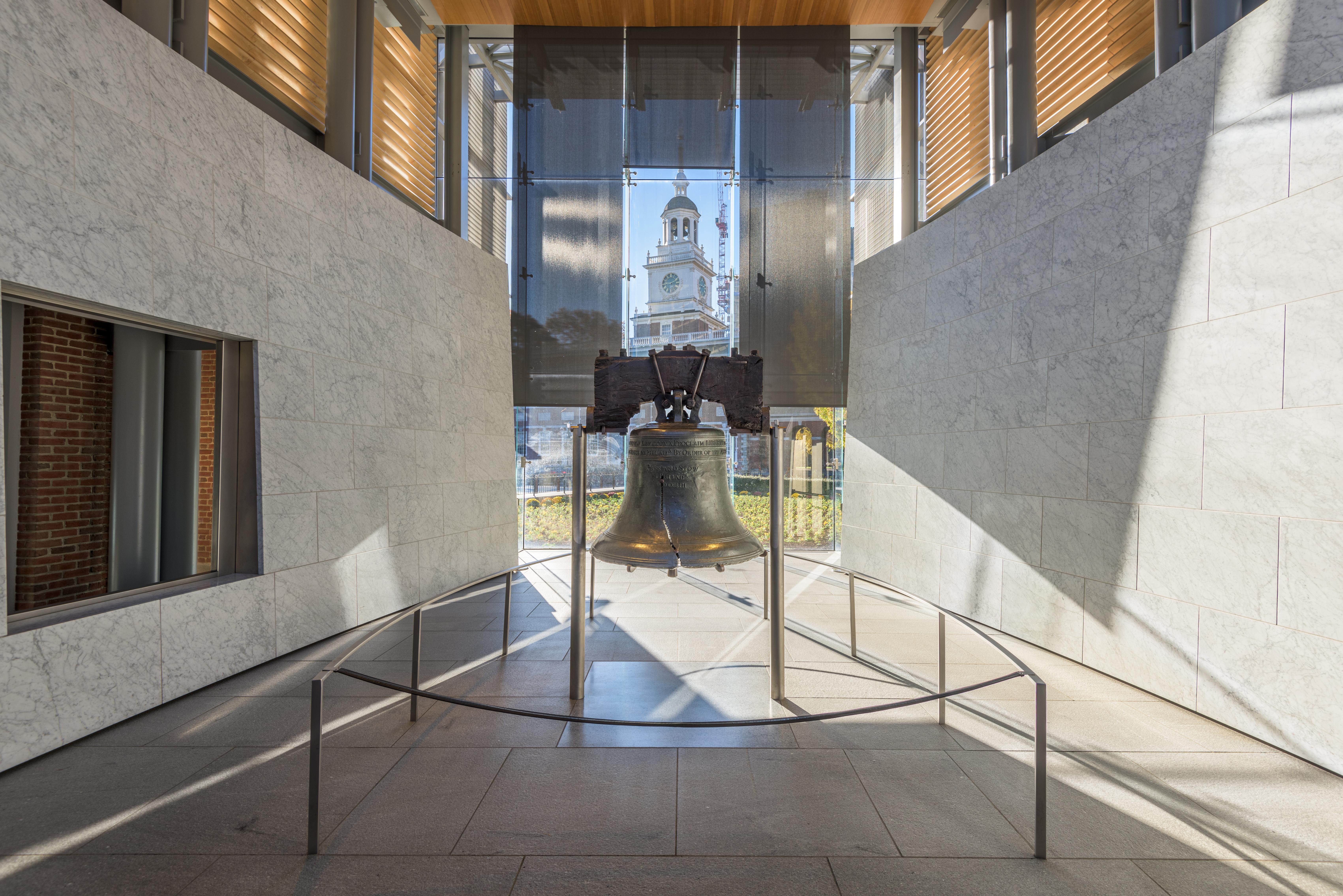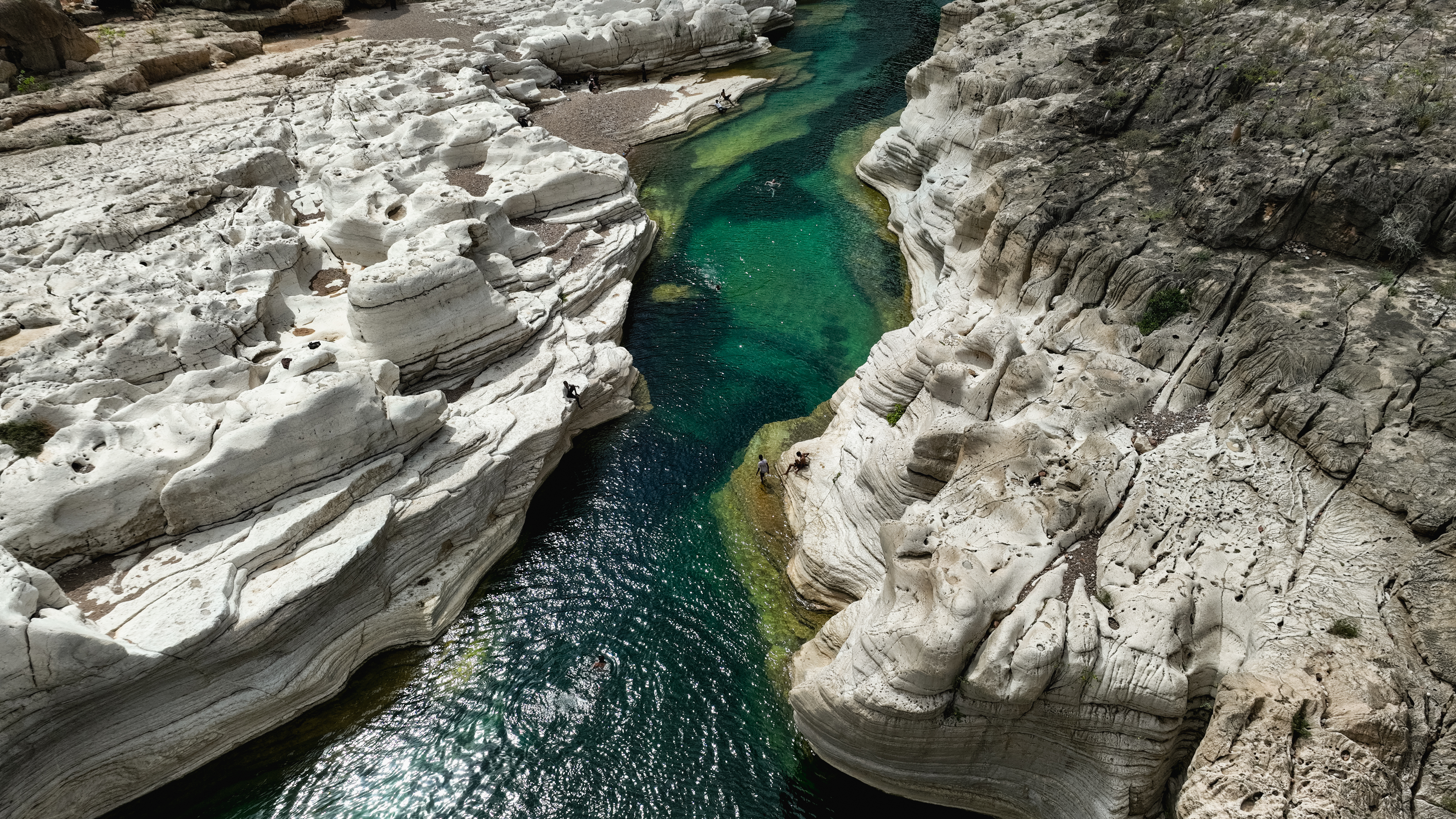8 American Monuments That Tell a Story You Didn’t Learn in School
Scattered across America are monuments that don’t just stand—they speak. Some tower proudly, others sit quietly in plain sight, but all carry stories rarely told in classrooms. They honor unsung heroes, mark pivotal moments overlooked by mainstream history, and reflect the deeper, more complicated truths of the nation’s past. This article uncovers 8 such landmarks—each one a key to understanding the layered, often messy narrative of American identity. Far from static relics, these monuments are living echoes, challenging us to see history not as a fixed timeline, but as an evolving conversation we’re still part of today.
1. The Enigmatic Statue of Liberty: More Than a Beacon of Freedom
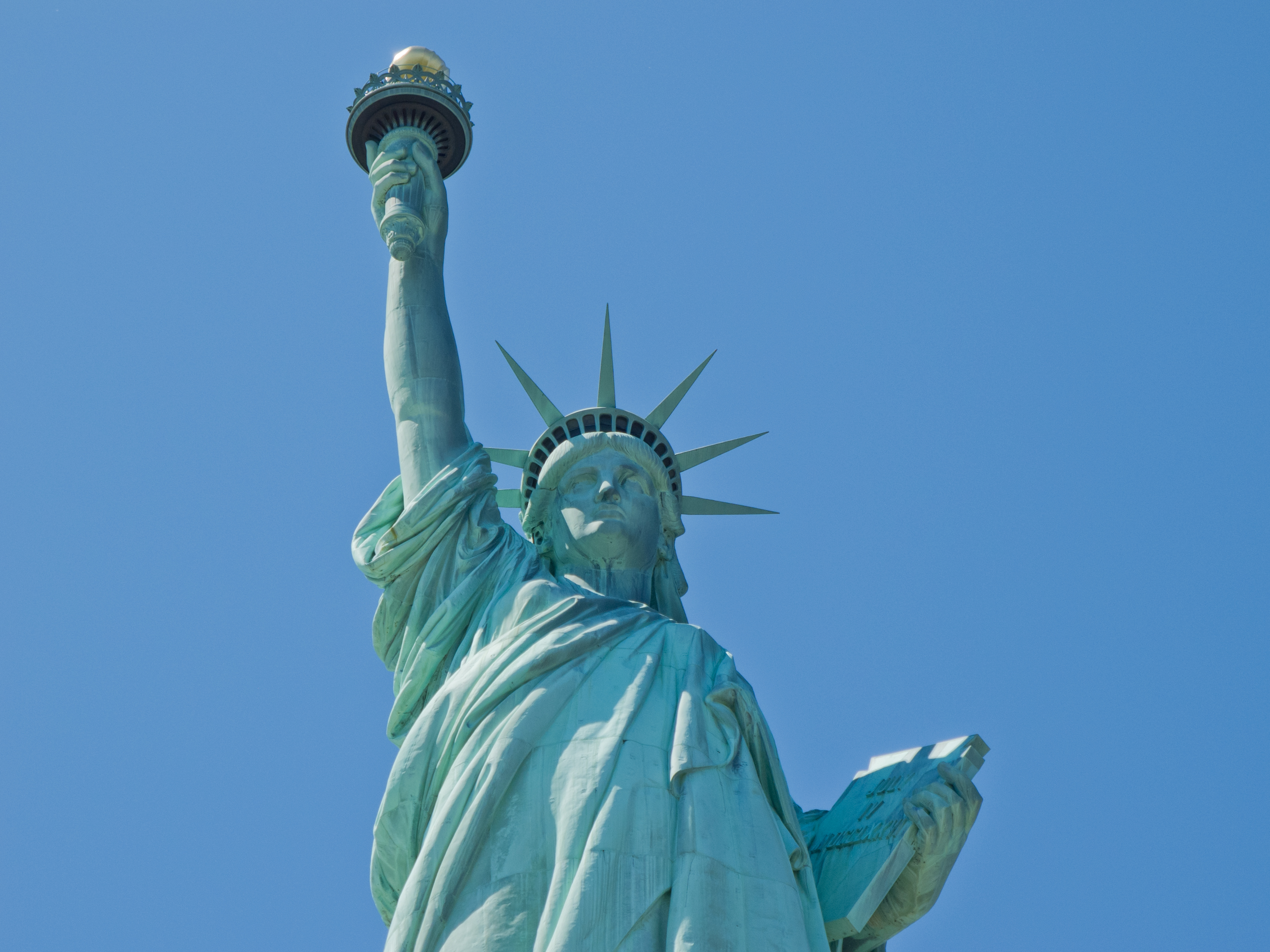
The Statue of Liberty stands as an enduring symbol of freedom and democracy, but her story is richer than commonly perceived. Gifted by France in 1886, she represents not only the friendship between nations but also the complex narratives of immigration and opportunity. Her torch, a beacon of hope for millions arriving at Ellis Island, is also a reminder of the struggles faced by those seeking a new life. The statue's design, influenced by Roman goddess Libertas, speaks to the universal quest for liberty. Thus, Lady Liberty embodies both the triumphs and challenges of the American experience, urging us to reflect on the evolving definition of freedom.
2. Mount Rushmore: Faces Carved in Controversy
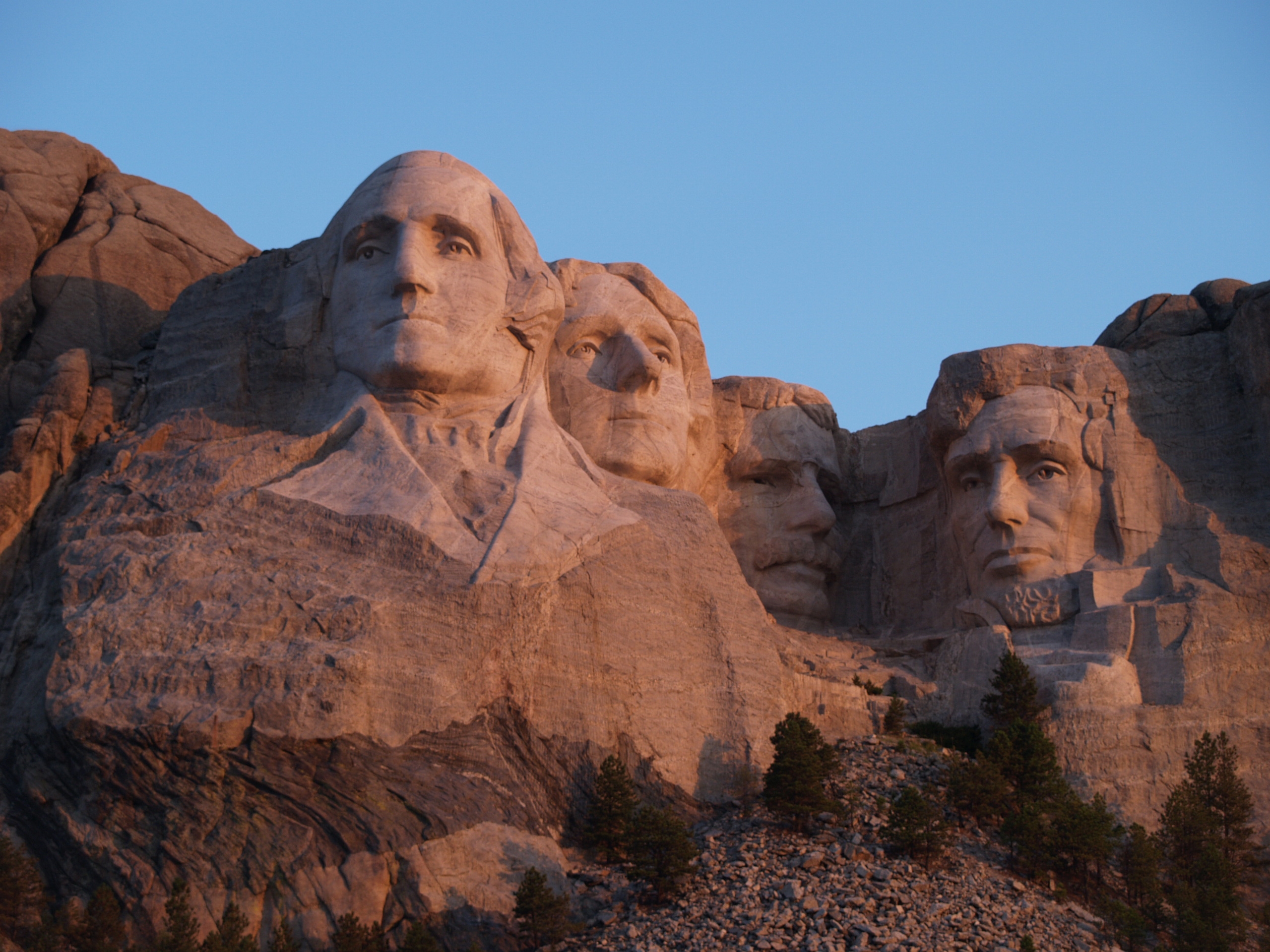
Mount Rushmore is celebrated for its monumental depiction of four American presidents, but beneath its iconic façade lies a contentious history. Carved into the sacred Black Hills of South Dakota, this site is a point of deep cultural significance to the Lakota Sioux. The monument's creation involved complex negotiations and broken treaties, highlighting the tensions between progress and preservation. Beyond its surface, Mount Rushmore serves as a canvas for dialogue about American expansionism, indigenous rights, and the selective memory of history. It challenges us to consider whose stories are immortalized and whose are left in the shadows.
3. The Lincoln Memorial: A Stage for Social Justice
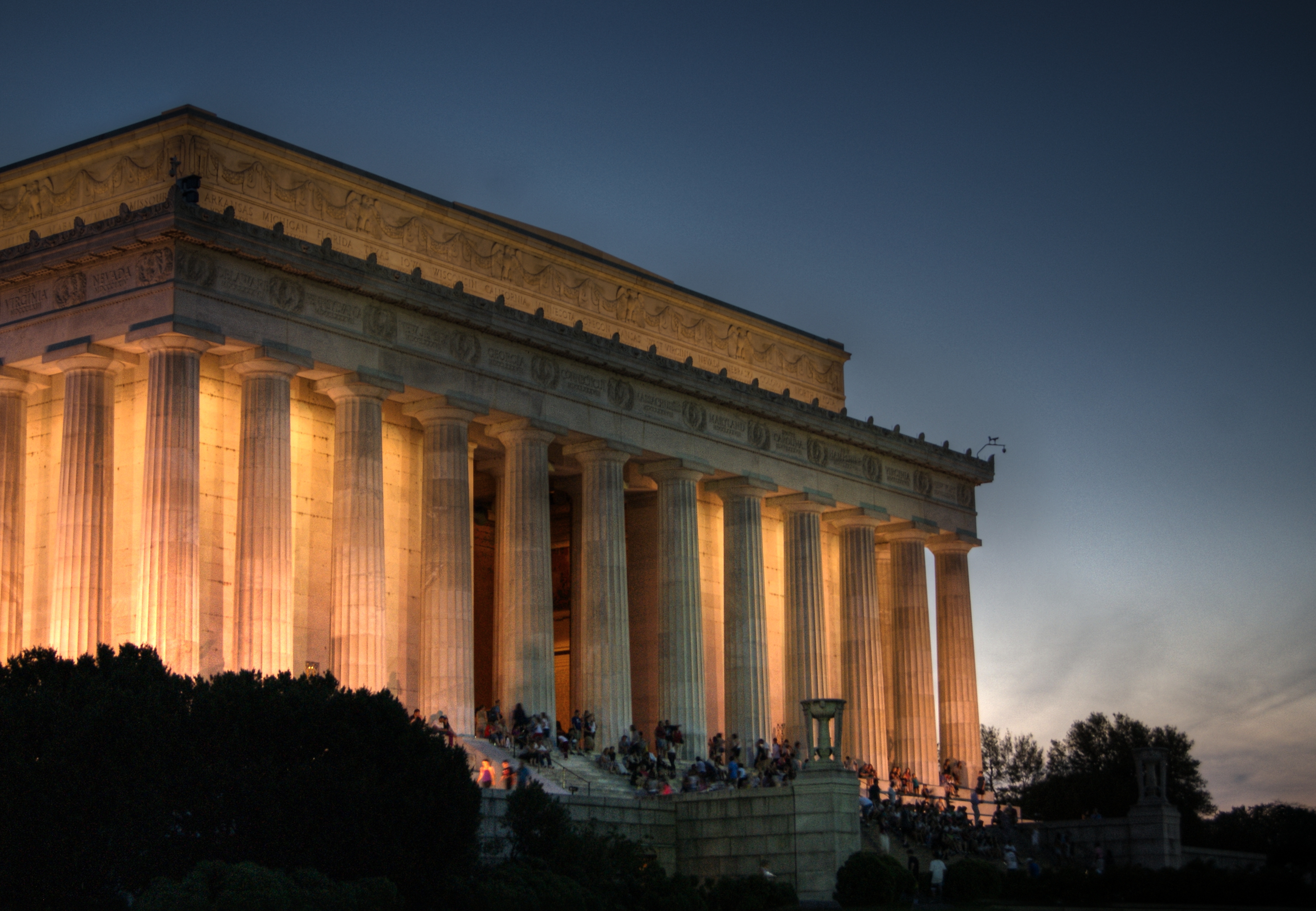
The Lincoln Memorial is more than a tribute to the 16th president; it is a symbol of the ongoing struggle for civil rights. Since its dedication in 1922, it has been the backdrop for pivotal moments in American history, including Martin Luther King Jr.'s iconic "I Have a Dream" speech in 1963. The memorial's design, inspired by Greek temples, underscores the democratic ideals Lincoln championed. Yet, it also serves as a reminder of the enduring fight for equality and justice. The memorial invites visitors to reflect on the progress made and the work still needed to fulfill Lincoln's vision of a united nation.
4. The Alamo: A Symbol of Resistance and Resilience
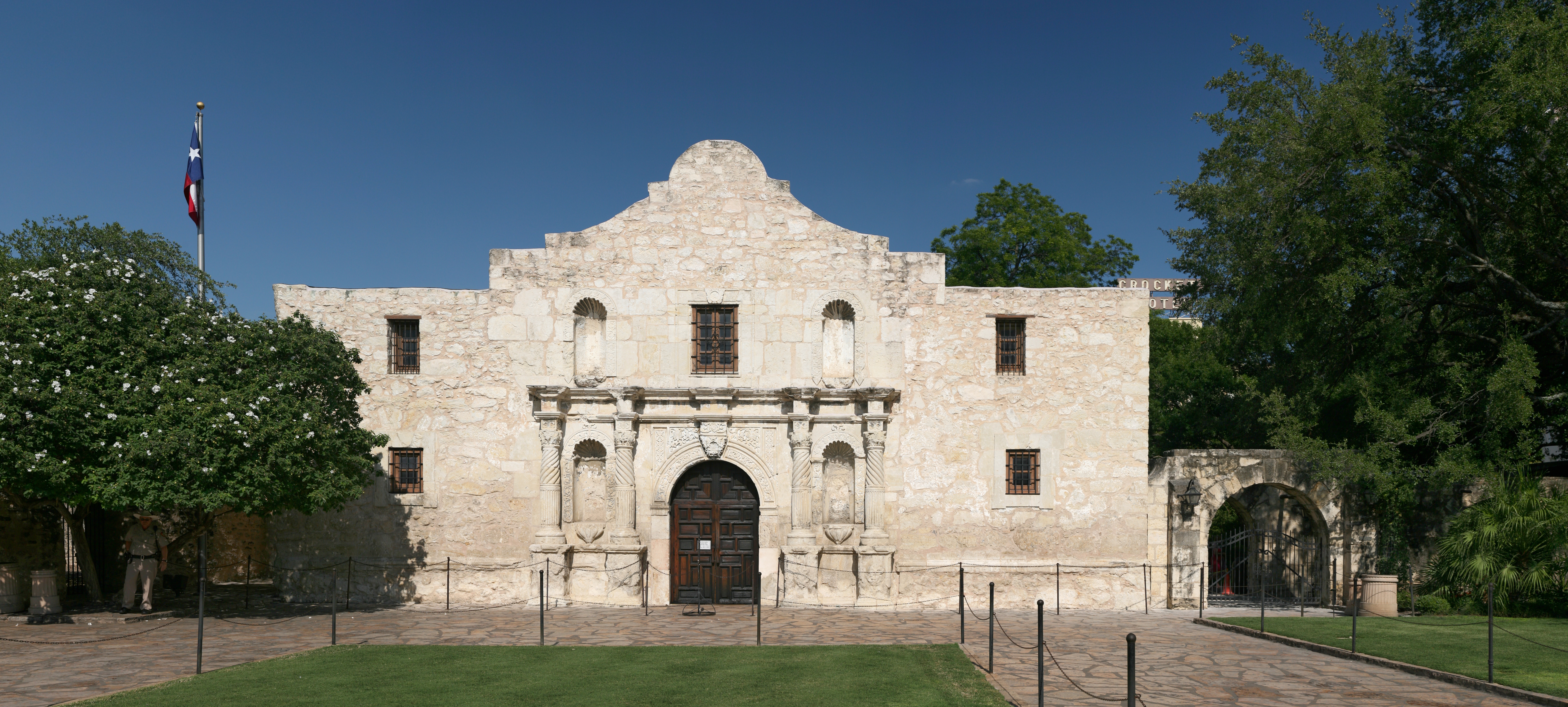
The Alamo is etched into the American consciousness as a symbol of bravery and resistance, yet its story is layered with complexity. This former mission in San Antonio, Texas, was the site of a pivotal battle in 1836 during the Texas Revolution. While often romanticized as a fight for independence, the Alamo's history intertwines with themes of colonialism, territorial disputes, and cultural identity. The defenders' sacrifice is celebrated, but the narratives of the Mexican forces and Tejano allies are equally integral to understanding this historic event. The Alamo stands as a testament to the diverse voices that have shaped the American Southwest.
5. The Vietnam Veterans Memorial: Healing Through Reflection
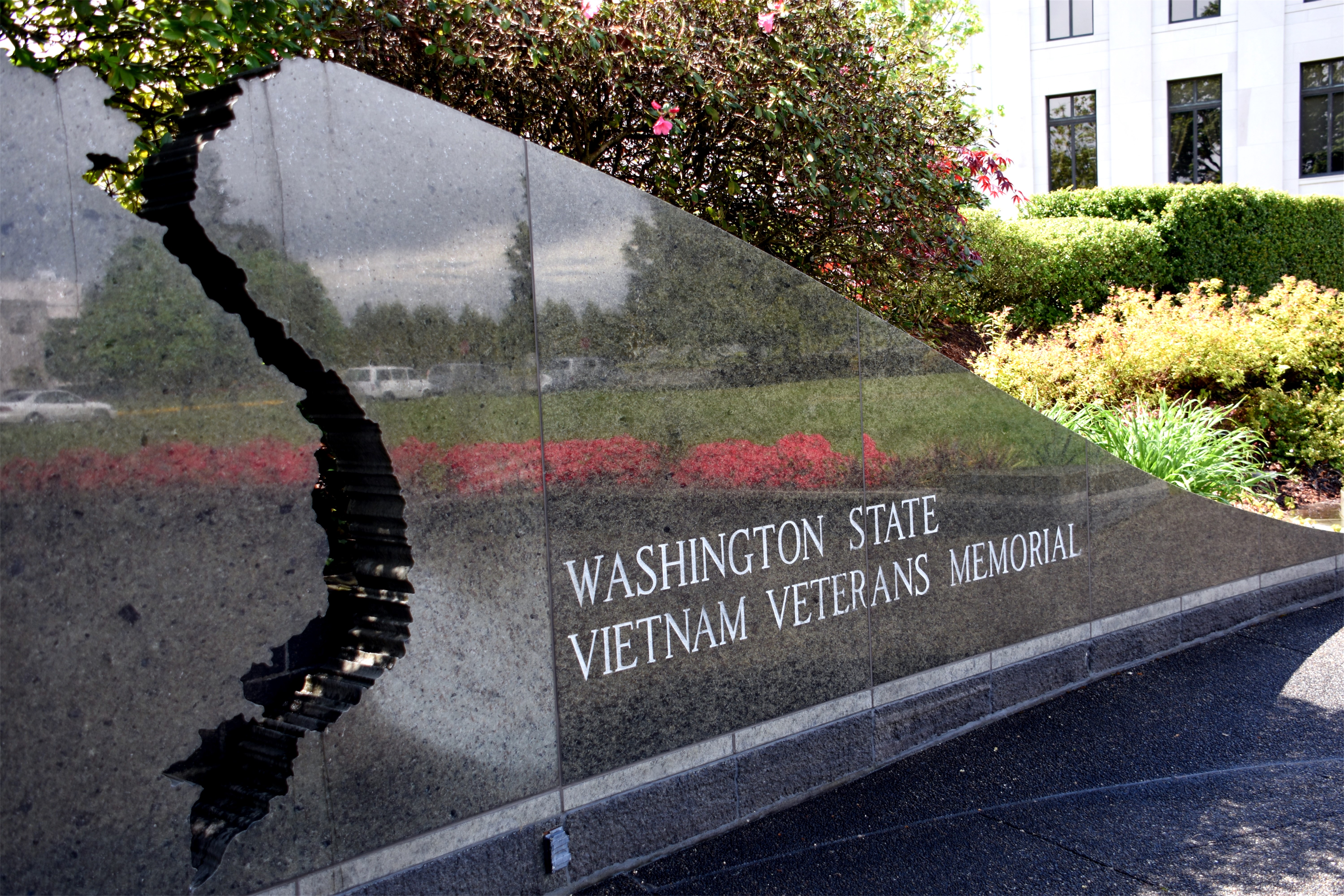
The Vietnam Veterans Memorial in Washington, D.C., offers a profound space for reflection and healing. Its design, a stark departure from traditional monuments, features a black granite wall etched with the names of over 58,000 fallen soldiers. This minimalist approach invites personal engagement, allowing visitors to connect intimately with the names inscribed. The memorial's creation was initially met with controversy, reflecting the nation's complex emotions surrounding the Vietnam War. Today, it stands as a powerful reminder of the human cost of conflict and the importance of remembering those who served. The memorial encourages a deeper understanding of sacrifice and reconciliation.
6. The Gateway Arch: Beyond the Westward Expansion
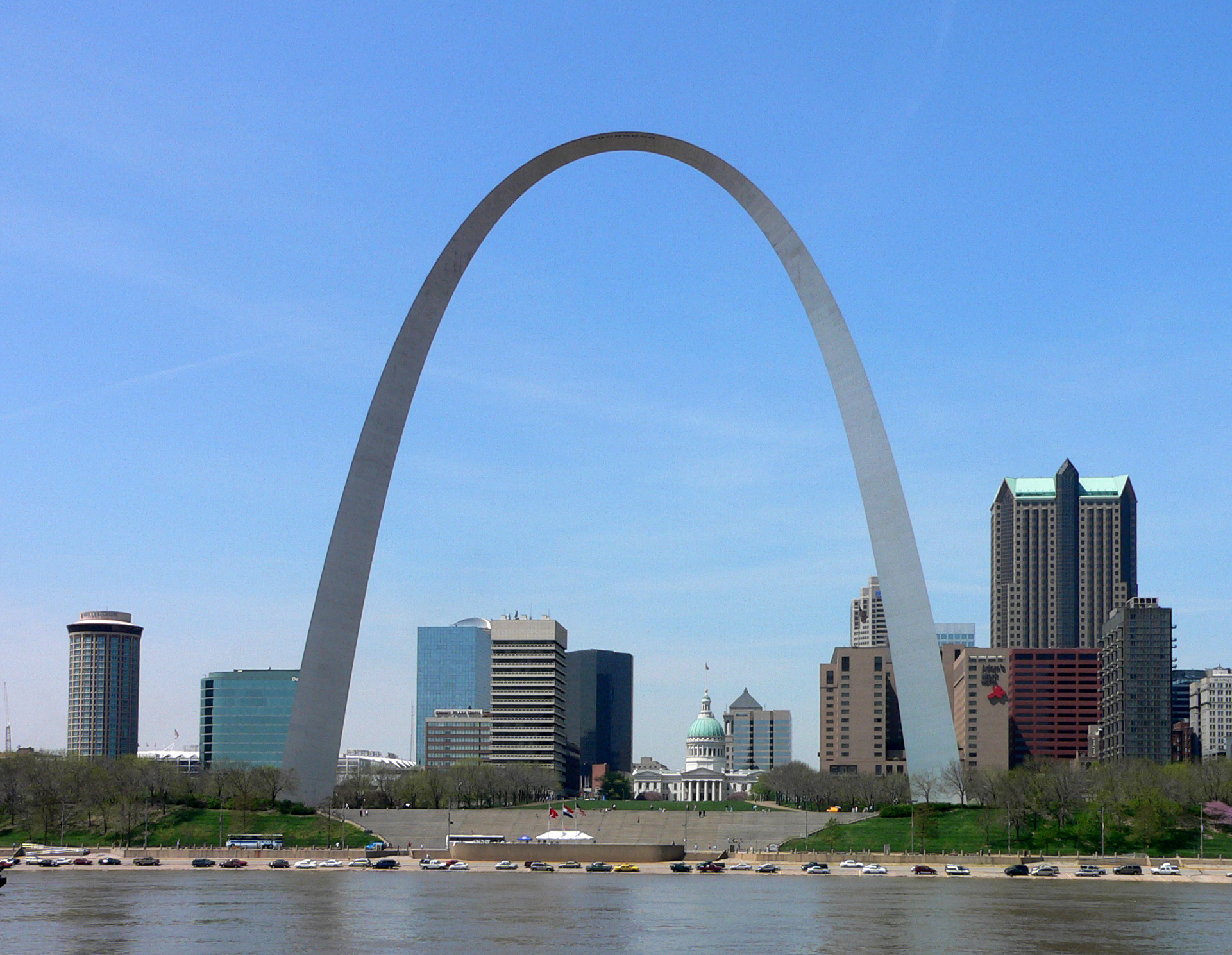
The Gateway Arch in St. Louis, Missouri, is often associated with America's westward expansion, yet it embodies much more than a historical narrative. Standing 630 feet tall, it commemorates Thomas Jefferson's vision of a nation stretching from coast to coast. However, the Arch also symbolizes the diverse experiences of those who journeyed westward, including Native Americans, pioneers, and immigrants. Its sleek, modern design by Eero Saarinen reflects the spirit of innovation and progress. The Gateway Arch challenges us to consider the impact of expansion on indigenous populations and the environment, prompting a broader dialogue about growth and responsibility.
7. The Martin Luther King Jr. Memorial: A Legacy of Peace and Justice
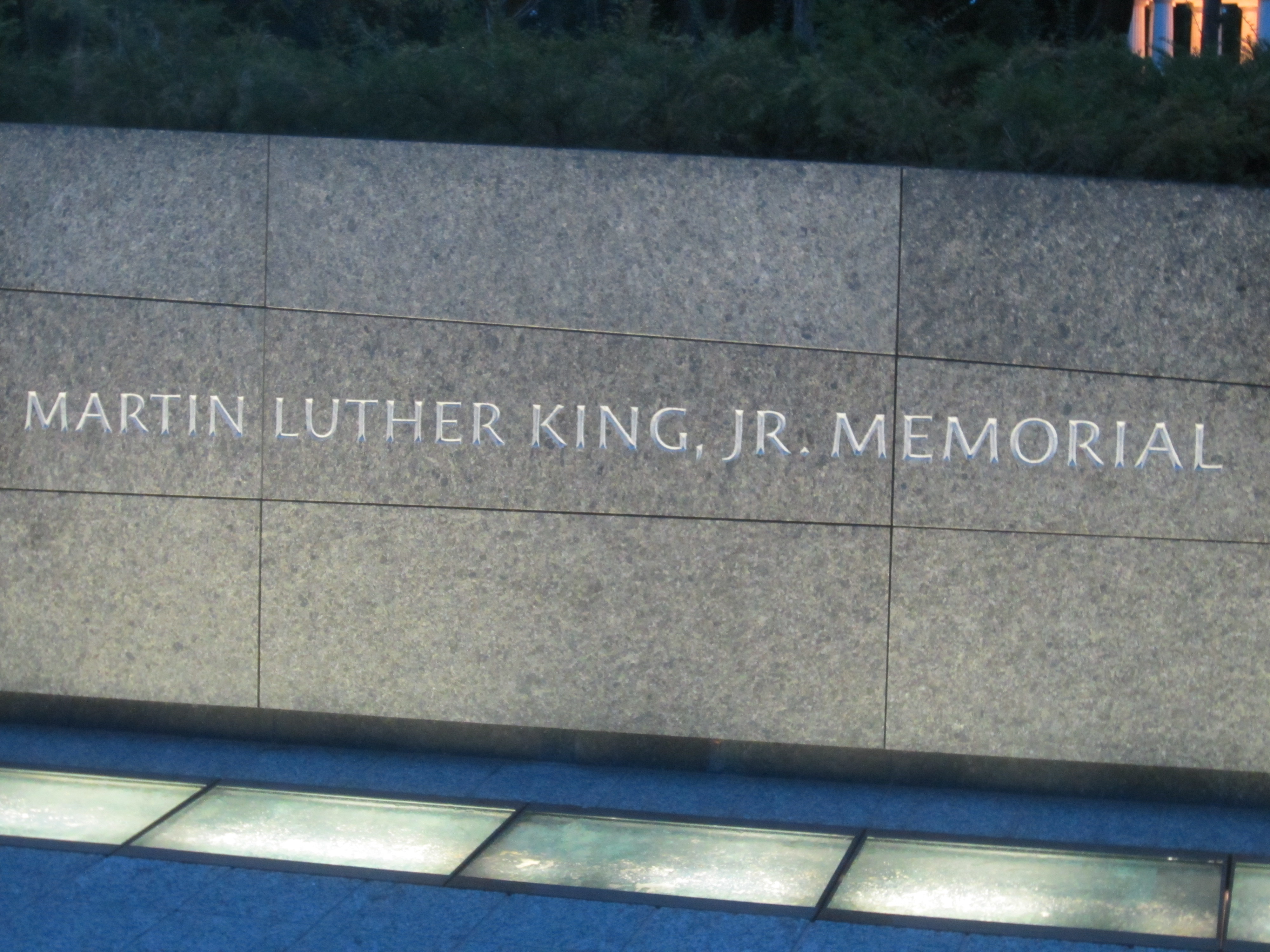
Dedicated in 2011, the Martin Luther King Jr. Memorial in Washington, D.C., honors the life and legacy of a leader whose vision for equality and justice reshaped America. The memorial's centerpiece, a towering statue of King emerging from a "Stone of Hope," symbolizes his enduring impact on the nation. Surrounding quotes from his speeches and writings inspire visitors to continue the work he began. The memorial serves as a powerful reminder of the ongoing struggle for civil rights and the importance of nonviolent activism. It invites reflection on King's dream and the collective responsibility to pursue justice and peace.
8. The Pearl Harbor National Memorial: Remembering Sacrifice and Unity

The Pearl Harbor National Memorial in Hawaii commemorates the lives lost during the surprise attack on December 7, 1941. This event propelled the United States into World War II, marking a pivotal moment in global history. The memorial, including the USS Arizona Memorial, serves as a solemn tribute to those who perished and a reminder of the resilience and unity that followed. It offers a space for reflection on the complexities of war, the cost of peace, and the enduring spirit of those who serve. The memorial underscores the importance of remembrance and the lessons learned from history's darkest hours.
Listening to the Whispers of the Past
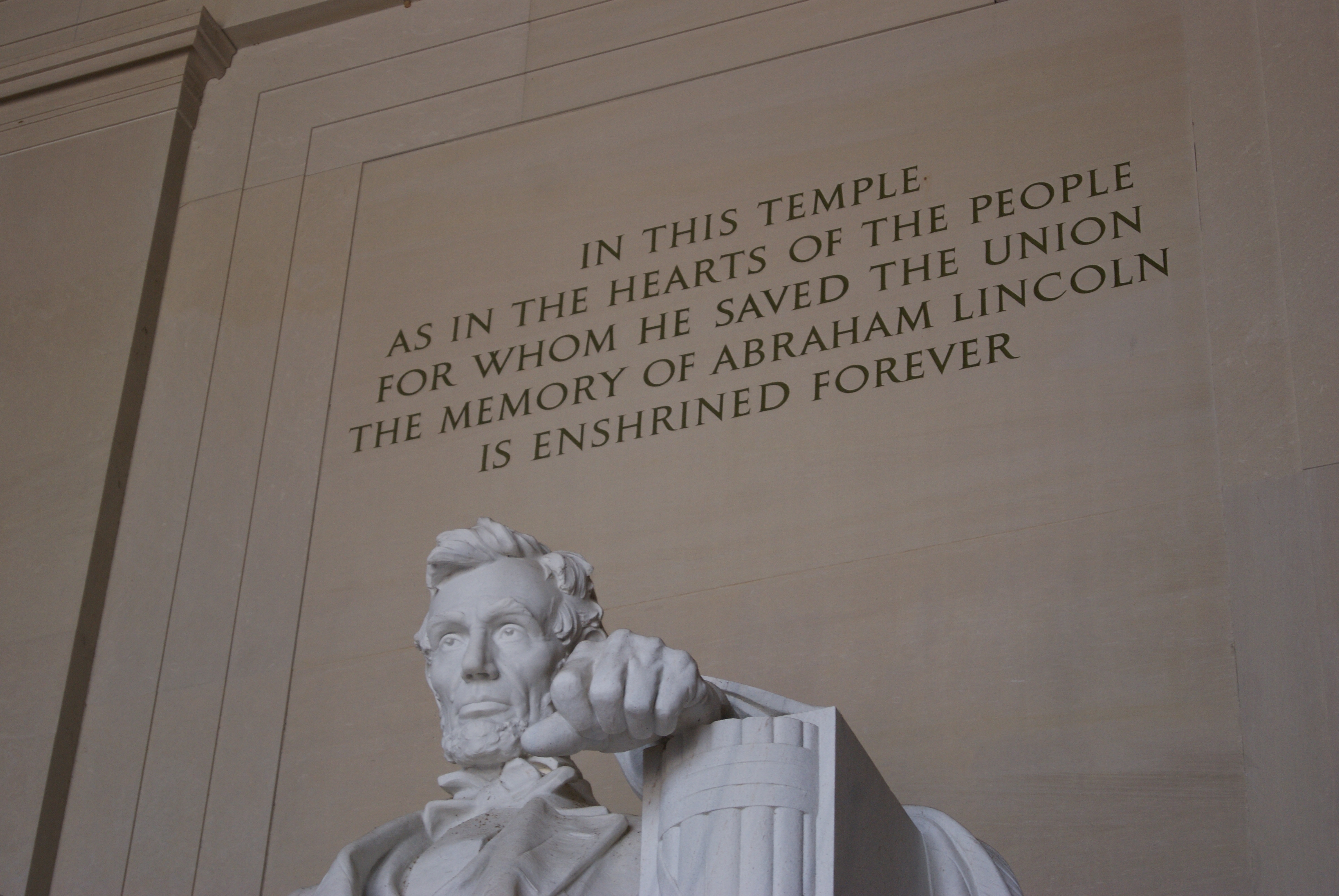
These 8 monuments, each with its unique story, collectively offer a richer understanding of American history. They reveal the layers of complexity, conflict, and triumph that have shaped the nation. By listening to the whispers of these monuments, we engage with the untold stories that extend beyond the classroom, challenging us to embrace a more inclusive and nuanced view of the past. As we explore these sites, we are reminded of the power of memory and the responsibility to preserve and learn from the diverse narratives that define America. These monuments invite us to reflect, remember, and continue the dialogue about the nation's evolving identity.



